Electrification needs “an integrated strategy”, according to GB Railfreight Managing Director John Smith.
RAIL had asked Smith in an exclusive interview whether more electrification of the network is a solution to any freight traction shortages caused by new stringent EU emissions regulations (RAIL 754).
Smith agreed that it might be with the right approach, but would come down to both affordability and reliability. A strategy is therefore needed to ensure adequate availability of power to the network, as well as wires right into terminals.
“You need to fill in some of the very short bits of the network by electrifying, and you need a very pragmatic approach to that,” he said.
“Intermodal is probably the thing where electrifying is easiest because there are already terminals that have electric haulage in them.
“If you look at the average mileage freight trains spend under wires anyway, intermodal trains are probably under the wires a lot longer than a coal train or anything else.
“If you electrify the Midland Main Line you would be daft not to put wires into the terminals.”
Smith said that electric traction is almost certainly more efficient than diesel, but that there is a “big risk on performance”.
He told RAIL that his “main concern with electrification is single point failure and how you manage it. So it’s not to do with the green agenda.”
“Performance is going to become an issue. Already Great Western is costing far too much. So where are you going to get that money from? You either don’t do something , or another way of saving is by making it cheap, which is what East Coast did. You lengthen your spans, and you don’t make it quite as robust as high-speed kit. But performance is a key risk.”
He said that if the new Vossloh Class 88 proves to be reliable, it could be the solution to running electric freight until further electrification plans are realised. This is because the ‘88’ is a hybrid, able to run on electric for a large proportion of a journey and on diesel for the final section into a terminal.
In the meantime, GBRf is investing further in keeping older locomotives running for longer, with expansion of its Class 73 fleet and plans to rebuild more than the five currently being worked on at Brush Traction in Loughborough.
See Fleet News, pages 30-31.
See feature, pages 62-67.

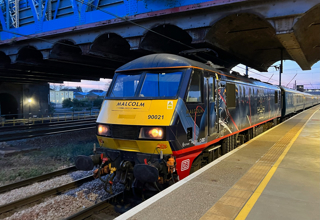
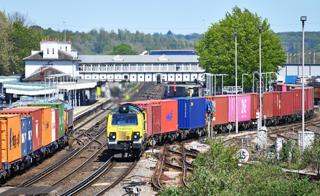
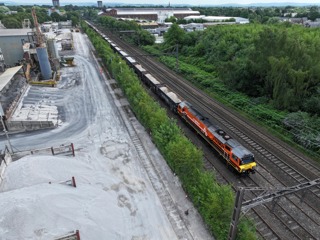
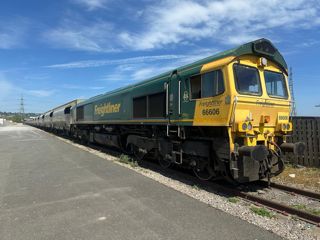
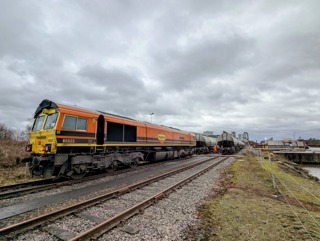










Login to comment
Comments
No comments have been made yet.